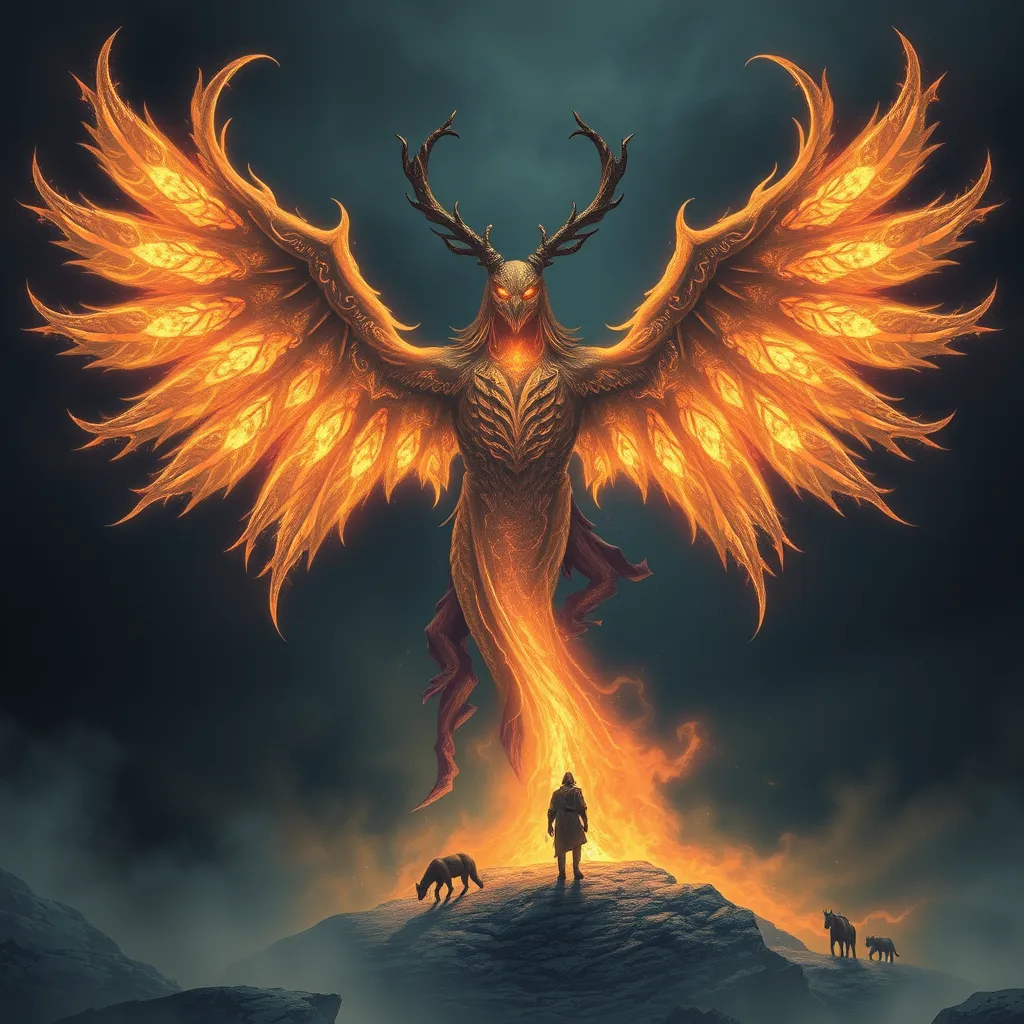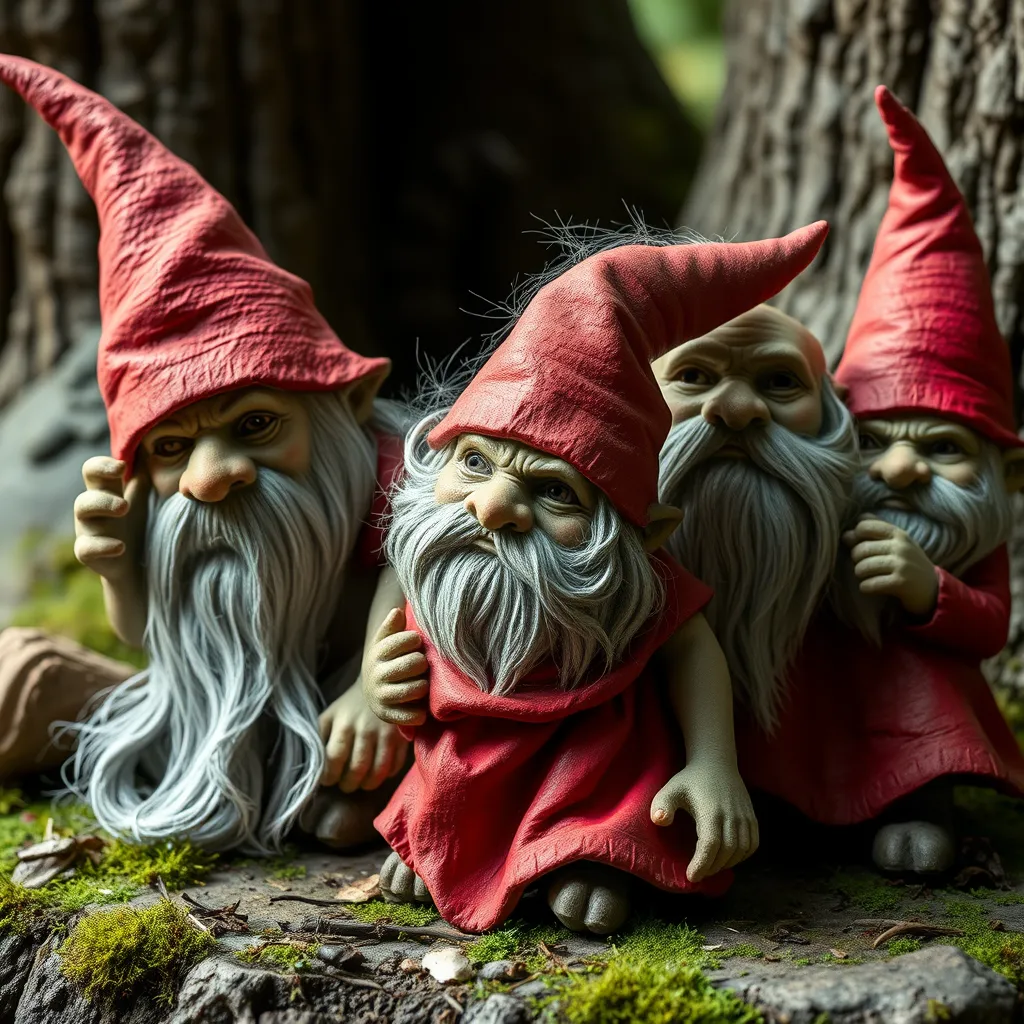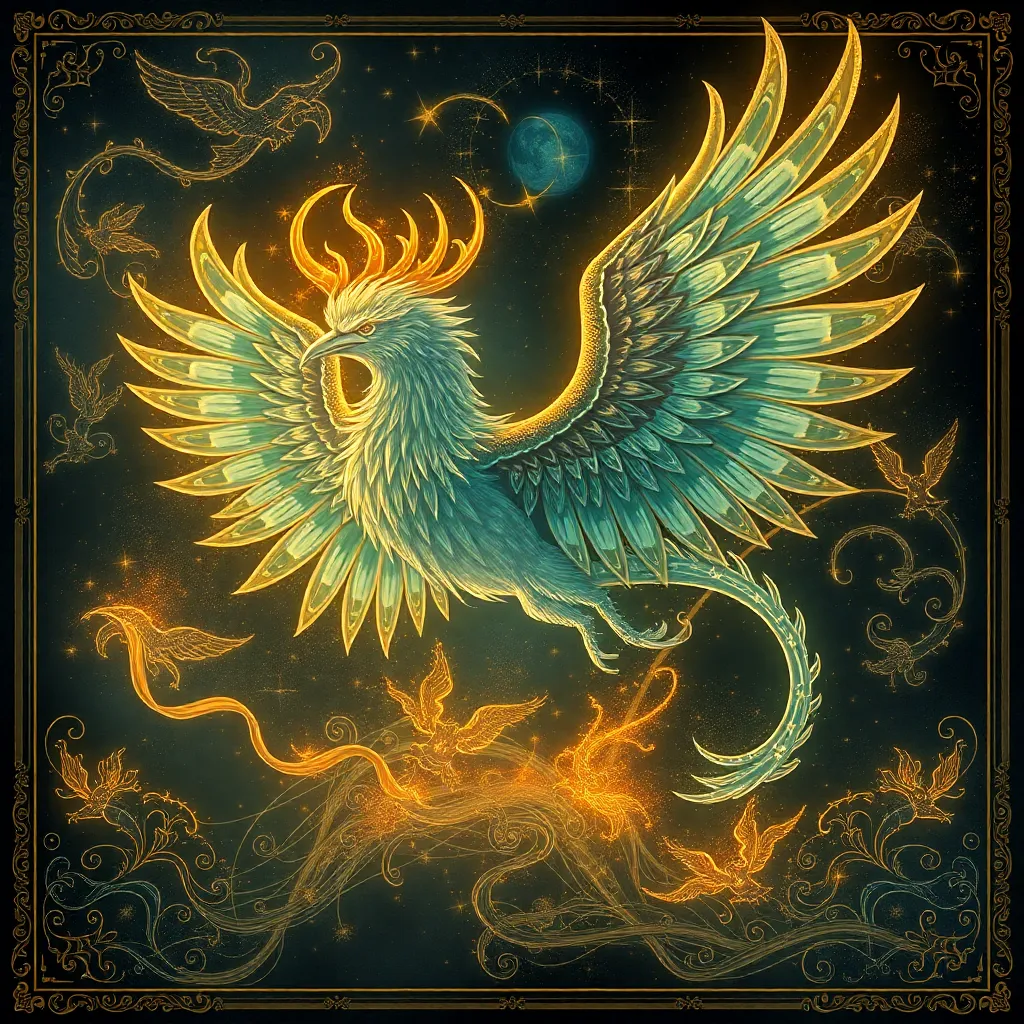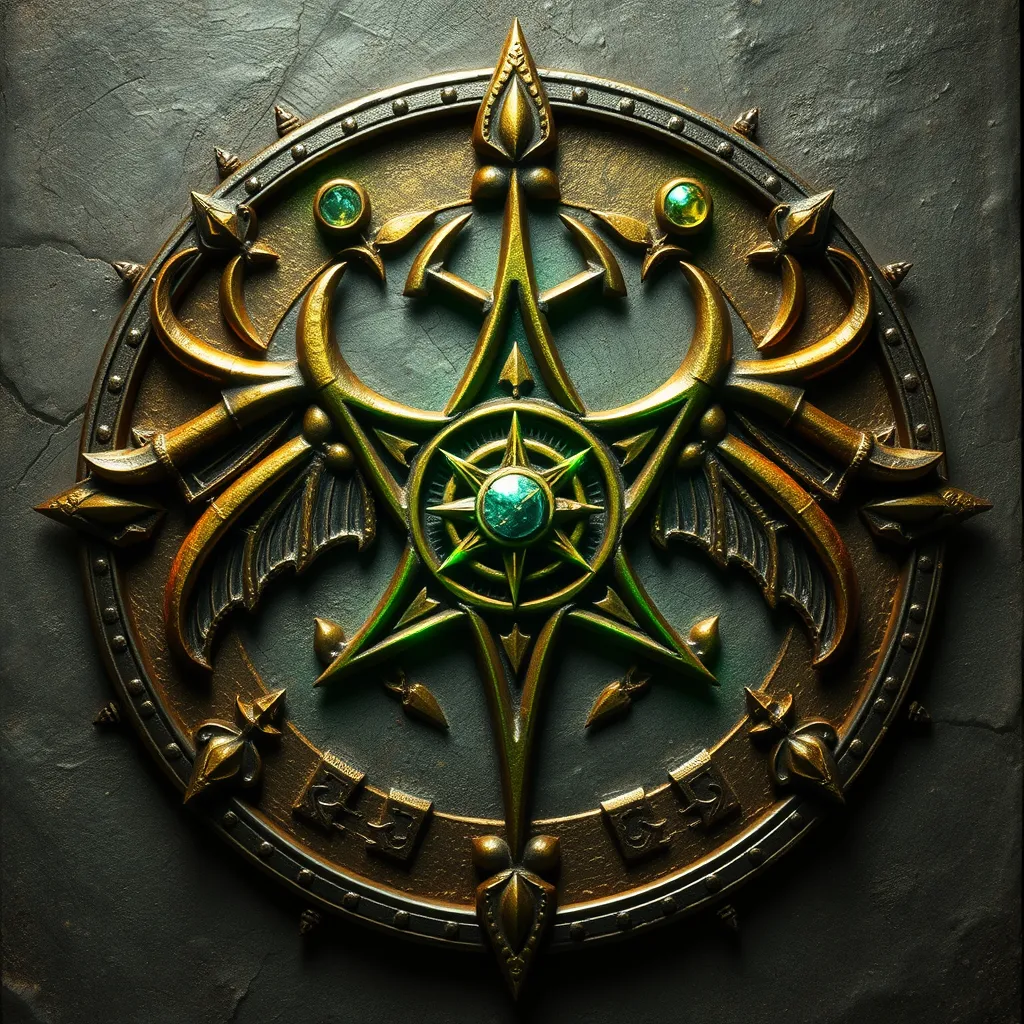Echoes of the Banshee: Exploring the Myth in Modern Literature
I. Introduction
The Banshee, a spectral figure rooted deeply in Irish folklore, is often depicted as a wailing woman heralding death. This myth has captivated the imaginations of many and has found its way into various forms of storytelling throughout the ages. The significance of the Banshee in Irish culture cannot be overstated, as it embodies themes of mortality, grief, and the supernatural.
This article aims to explore the influence of the Banshee myth in contemporary literary works. By examining its origins, representations, and adaptations, we will gain a clearer understanding of how this ancient figure continues to resonate in modern narratives.
II. The Origins of the Banshee Myth
The Banshee is believed to have its roots in Celtic mythology, with references dating back to the early medieval period. Traditionally, she is portrayed as a female spirit who appears before a death, her mournful cries serving as a warning to the family of the impending loss.
Across different regions of Ireland and Scotland, variations of the Banshee legend emerge. Some tales depict her as a beautiful maiden, while others present her as a hag or an old woman. This diversity reflects the localized beliefs about the supernatural and the societal attitudes towards death and mourning.
Symbolically, the Banshee represents not just death, but also the transition between life and the afterlife. Her presence is a reminder of the inevitability of mortality, making her a complex figure in folklore.
III. The Banshee in Traditional Literature
Early literary references to the Banshee can be found in various forms, from oral traditions to written texts. In many Irish ballads and stories, she is depicted as a tragic figure, lamenting the loss of a loved one. Her role often highlights the emotional weight of death and the cultural importance of mourning.
In poetry and prose, the Banshee has served as a powerful motif. For instance, in the works of W.B. Yeats, the Banshee symbolizes not only death but also the deep-rooted connections to Irish identity and heritage. Traditional portrayals often present her as a sorrowful figure, evoking empathy and fear in equal measure.
When comparing traditional portrayals of the Banshee with modern interpretations, one can observe a shift. While earlier depictions focus on her role as a messenger of death, contemporary literature often explores her character in more nuanced ways, allowing for a broader exploration of themes such as grief, loss, and femininity.
IV. Modern Literary Adaptations of the Banshee
In recent years, several contemporary authors have drawn inspiration from the Banshee myth, weaving it into their narratives. Notable examples include:
- The Banshee’s Call by K. A. McKeagney – A novel that reimagines the Banshee as a protector of the living, challenging traditional interpretations.
- Wailing Woman by C. M. Jay – A collection of short stories that explore the emotional landscapes shaped by Banshee encounters.
- The Last Banshee by R. J. Harlow – A fantasy novel that intertwines the Banshee myth with themes of rebellion and social justice.
These works often delve into themes such as the burden of familial expectations, the nature of grief, and the struggle for agency in a world that often marginalizes women’s voices. Modern interpretations of the Banshee reflect a broader cultural shift towards recognizing the complexities of female experiences.
V. The Banshee as a Feminine Archetype
The Banshee can be viewed as a significant feminine archetype in literature, representing both the power and vulnerability of women. In many narratives, she is portrayed as a figure of strength, embodying the emotional depths of sorrow and loss.
In exploring gender representation, the Banshee’s character challenges traditional notions of femininity. Instead of being merely a passive figure, she often takes on an active role in shaping the fates of those around her. This portrayal aligns her with other powerful feminine archetypes, such as:
- The Maiden: Represents innocence and potential.
- The Mother: Embodies nurturing and protection.
- The Crone: Symbolizes wisdom and transformation.
In this light, the Banshee transcends her role as a harbinger of death, becoming a symbol of female power and agency, reflecting the complexities of women’s lives in both folklore and modern interpretations.
VI. The Banshee in Popular Culture
The Banshee myth has permeated popular culture, influencing films, television shows, and graphic novels. Her haunting presence has been used to evoke fear, wonder, and intrigue in various narratives. Notable examples include:
- The Last Witch Hunter – A film that includes Banshee-like characters as part of its supernatural lore.
- Supernatural – A TV show that features a Banshee episode, exploring themes of death and the afterlife.
- The Wicked + The Divine – A graphic novel series that incorporates Banshee mythology within its broader narrative of gods and mortality.
These adaptations highlight the Banshee’s role in shaping modern horror and fantasy genres, where her spectral essence continues to evoke both fear and fascination.
VII. Cultural Relevance and Contemporary Interpretations
In today’s societal context, the Banshee remains relevant as a symbol of grief and loss. Modern authors reinterpret the Banshee myth to address current issues, such as:
- The impact of loss in a rapidly changing world.
- The struggle for women’s voices in patriarchal societies.
- The intersection of cultural identity and personal experience.
Globalization has also influenced the perception of the Banshee, as her story transcends geographical boundaries. Authors from diverse backgrounds have incorporated the myth into their work, enriching it with new perspectives and interpretations.
VIII. Conclusion
The evolution of the Banshee in literature reflects a rich tapestry of cultural beliefs, emotional experiences, and societal changes. From her origins in Celtic mythology to her modern adaptations, the Banshee remains a powerful figure in storytelling.
As we have explored, her significance extends beyond mere folklore; she embodies themes of femininity, mortality, and the complexities of human experience. The enduring legacy of the Banshee myth continues to inspire contemporary writers, ensuring that her echoes will resonate for generations to come.
Ultimately, the Banshee serves as a reminder of the importance of folklore in contemporary storytelling, bridging the past with the present and allowing us to confront our fears and desires through the lens of myth.



